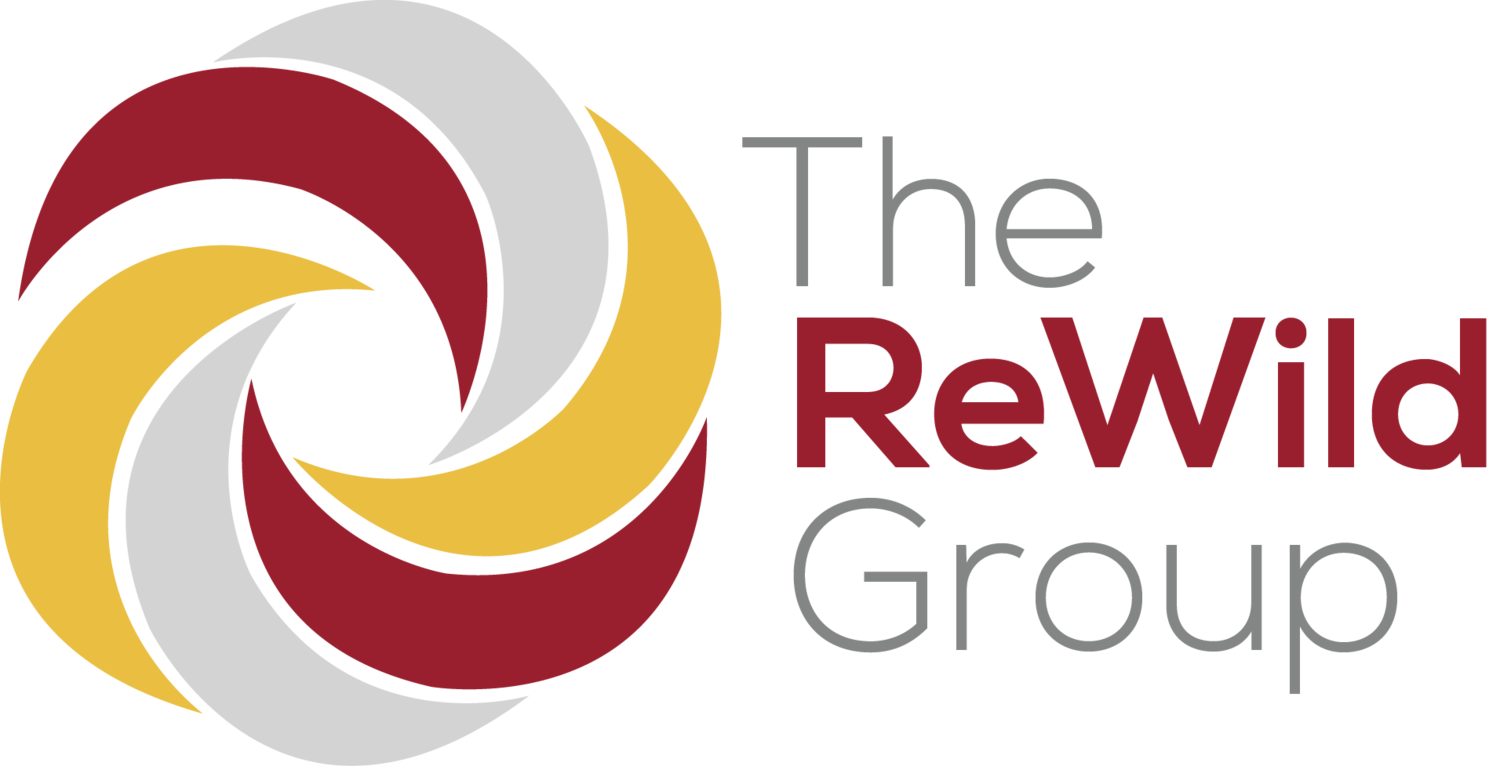
The ReWild Group Blog
Your home for relevant and engaging content serving small business owners and consultants. Subscribe so you don’t miss a post!
The Three Faces of a Leader – Stage 1
In Stage 1, leaders are ideally spending 40 percent of their time and energy wearing the Visionary Face, 10 percent wearing the Manager Face, and 50 percent wearing the Specialist Face. Stage 1 is almost equal parts providing the vision for the company and executing on that vision.
Gates of Focus in a Stage 1 Business
A Stage 1 company’s Gates of Focus are Profit first, People second, then Process third. Business leaders embracing these Gates of Focus should be constantly thinking about how decisions will impact the company’s profitability. Their energy should be focused on activities that generate revenue and increase profits.
Builder-Protector Ratio in a Stage 1 Company
In Stage 1, the ideal Builder-Protector Ratio is 4:1, which means there is four times the amount of confidence as there is caution in the organization. The other way to understand the 4:1 Builder-Protector Ratio is that 80% of the team are Builders, while 20% are Protectors. An organization with a 4:1 Builder-Protector Ratio exhibits a very high level of confidence.
Leadership Style Blend in a Stage 1 Business
A Stage 1 leader guides their team with a strong vision, focuses on people’s potential, and takes charge to lead the organization through chaos. This ideal blend results in an organization that has a picture of where it is headed, is comprised of high functioning, engaged team members, and pushes through chaos with decisive decision making.
Chaos is a Common Challenge for Stage 1 Businesses
A Stage 1 business has between 1-10 employees. One of the top five challenges businesses of this size face is destabilization stemming from chaos. As a business owner, you don’t want your employees to be overly stressed or unsure how to go about doing their work. Nor do you want the burden of unclear processes slowing everyone down.
Stage 1: Starting Up a Company? Embrace the Chaos.
Understanding the stages of business growth, and how companies progress through these stages, is essential for any entrepreneur hoping to thrive in the chaotic beginnings of starting a company.






